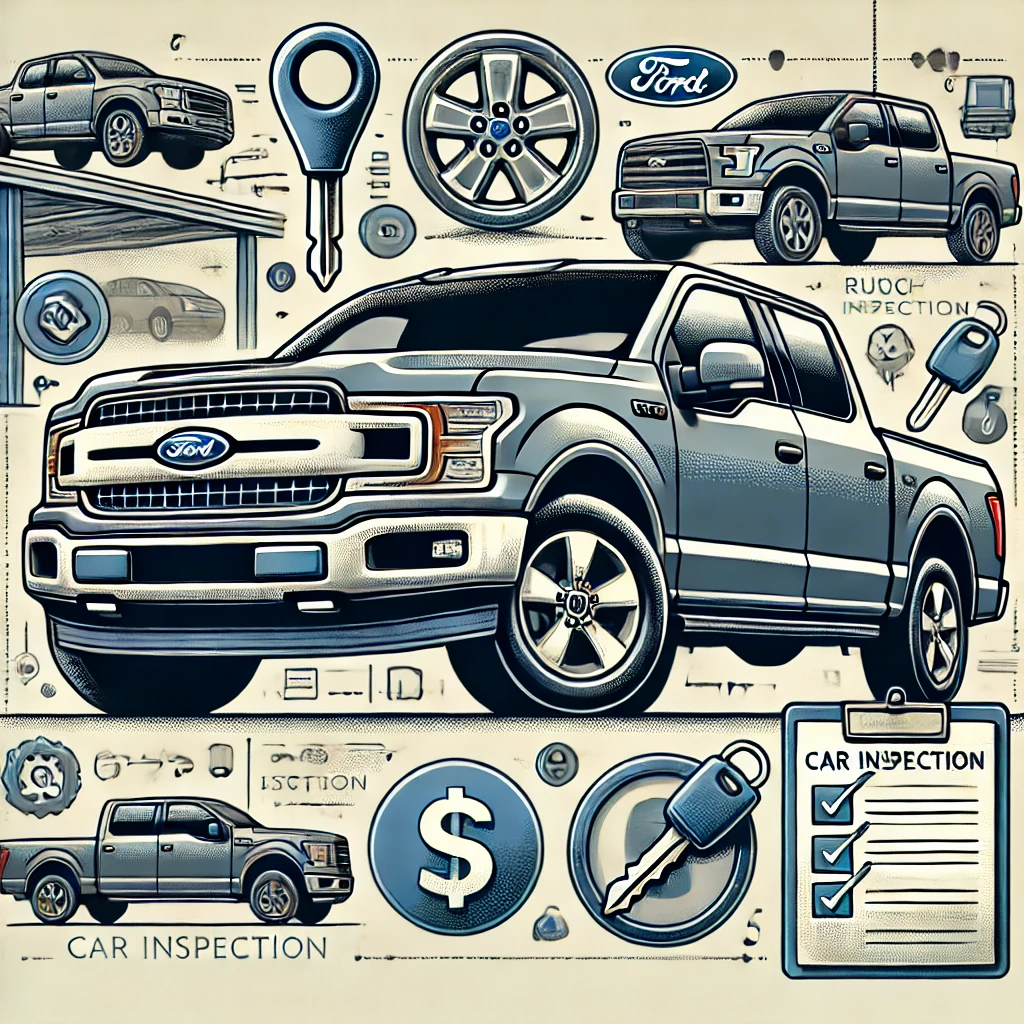The Ultimate Guide to Buying a Used Ford F-150
The Ford F-150, a perennial favorite among truck enthusiasts, has a reputation for reliability and versatility. If you’re in the market for a used Ford F-150, this blog post will guide you through the key considerations, ensuring a well-informed and satisfying purchase.
1. Define Your Requirements:
- Start by outlining your needs. Consider factors such as towing capacity, bed size, and desired features. This will help you narrow down the specific model and trim that suits your lifestyle.
2. Budget Planning:
- Set a realistic budget that includes not only the purchase price but also potential additional costs such as insurance, taxes, and registration fees. Research the market value of the specific F-150 models you’re interested in to gauge pricing.
3. Research Models and Trims:
- The F-150 comes in various models and trims with different features and capabilities. Research the options available and identify which configurations align with your preferences and requirements.
4. Vehicle History Report:
- Obtain a comprehensive vehicle history report for any used F-150 you are considering. This report provides insights into the vehicle’s past, including accidents, title issues, and maintenance records. Use services like Carfax or AutoCheck to gather detailed information.
5. Inspection and Test Drive:
- Schedule a thorough inspection and test drive. Check for signs of wear, especially in high-stress areas like the suspension and brakes. Listen for unusual sounds and pay attention to how the truck handles on the road.
6. Mileage and Maintenance:
- While higher mileage doesn’t necessarily indicate poor performance, it’s essential to consider how well the truck has been maintained. A well-documented service history is a positive sign that the vehicle has been cared for.
7. Check for Recalls:
- Visit the National Highway Traffic Safety Administration (NHTSA) website to check for any recalls on the specific F-150 model you’re interested in. Addressing recalls ensures that potential safety issues are resolved. For instance, the 2011-2013 models had a significant recall related to brake master cylinder leaks, which could lead to reduced braking power. Another common recall involves the 2015-2018 models, where the door latches might freeze in cold weather, preventing the doors from closing properly. (NHTSA Recalls)
8. Negotiate the Price:
- Armed with your research and inspection results, enter negotiations confidently. Be prepared to walk away if the price doesn’t align with the market value or the condition of the vehicle.
9. Consider Certified Pre-Owned (CPO) Options:
- If available, explore Certified Pre-Owned Ford F-150s. These vehicles undergo a rigorous inspection process and often come with extended warranties, providing additional peace of mind.
10. Insurance Quotes:
- Before finalizing the purchase, obtain insurance quotes for the specific F-150 model you’re considering. Insurance costs can vary based on factors such as the vehicle’s age, trim level, and safety features.
F-150 Generations Overview (2009-2024): What to Look For
When considering a used Ford F-150, it’s crucial to understand the differences between the various generations produced over the last 15 years. Each generation has its strengths and weaknesses, and knowing what to look for can save you from potential headaches down the road.
2009-2014 (12th Generation):
- Highlights: Introduced a fully-boxed frame for improved strength, increased towing capacity, and the introduction of the EcoBoost V6 engine, which provided better fuel economy without sacrificing power.
- What to Watch For: The 5.4L Triton V8 engine, available in earlier models of this generation, is known for spark plug issues and cam phaser problems. Make sure to check for proper maintenance records if considering a model with this engine. (CarComplaints – F-150 Engine Issues)
2015-2020 (13th Generation):
- Highlights: This generation introduced an aluminum body to reduce weight, which improved fuel efficiency and handling. The 10-speed automatic transmission was also introduced, offering smoother shifting and better performance.
- What to Watch For: The 10-speed transmission has had some reports of rough shifting and reliability issues in early models. Also, be aware of the door latch recall mentioned earlier, as it was prevalent in these years. (MotorTrend – F-150 Door Latch Recall)
2021-Present (14th Generation):
- Highlights: The latest generation features updated technology, including a 12-inch touchscreen, Pro Power Onboard generator, and improved towing capabilities. Hybrid powertrains were also introduced, offering a balance of power and fuel efficiency.
- What to Watch For: As with any new technology, early models may experience software glitches or electronic issues. Pay attention to any updates or technical service bulletins (TSBs) that address these concerns. (Edmunds – 2021 Ford F-150 Review)
Buying a used Ford F-150 can be a rewarding experience when approached with careful consideration and research. By defining your requirements, setting a budget, and conducting thorough inspections, you can confidently navigate the used truck market and find an F-150 that not only fits your needs but also delivers the reliability and performance that Ford trucks are renowned for. Happy driving!




